Deck & Commander Strategies
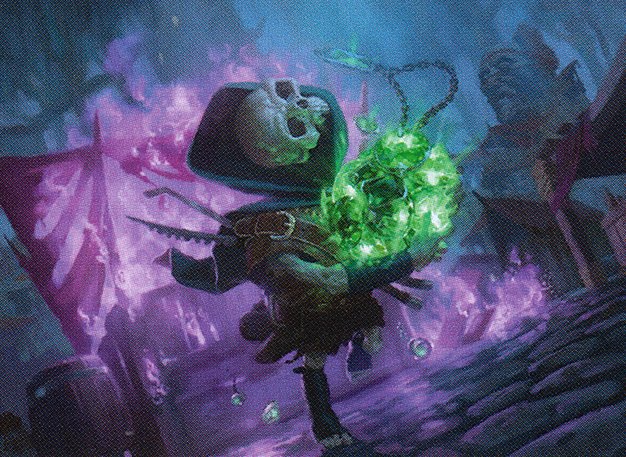
Tinybones, Trinket Thief
Focuses on discarding cards to trigger enchantment synergies, drawing cards, and gaining value through persistent enchantment effects while maintaining board presence with rogue creatures.

Meren of Clan Nel Toth
A graveyard recursion toolbox deck that uses experience counters to grow creatures and generate value, aiming to control the board and eventually win through overwhelming creature advantage.
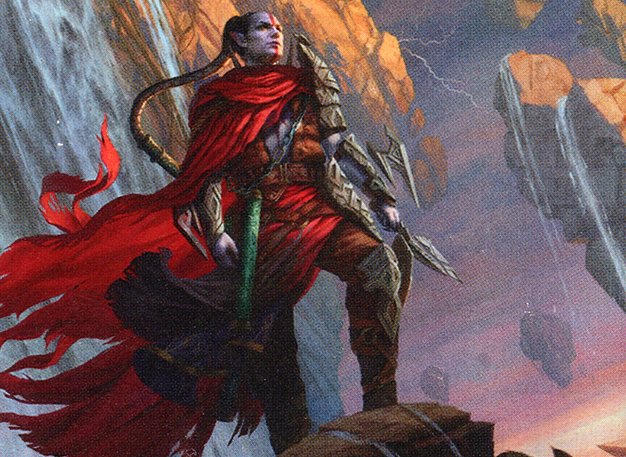
Anowon, the Ruin Thief
A rogue tribal deck that mills opponents and uses evasive creatures to apply pressure, gaining incremental advantage through milling and synergistic rogue interactions.
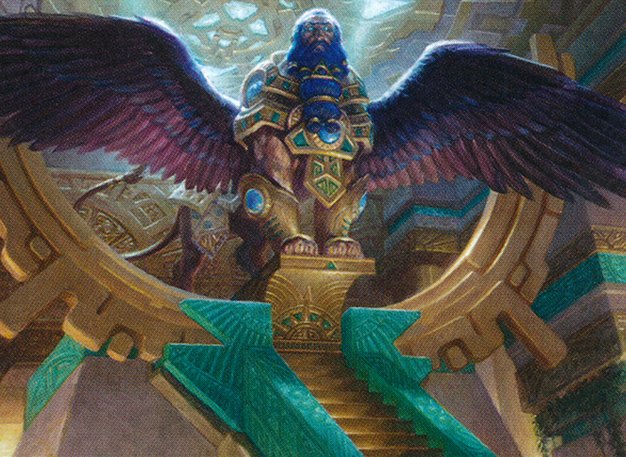
Azor, the Lawbringer
A control deck in blue-white that uses counterspells, board wipes, and a voltron subtheme with Azor himself to stabilize the game and win through commander damage and controlling the board state.
Gameplay Insights
- 1
The use of the Planechase deck introduced unpredictable zones and emblems that greatly affected strategies, such as generating zombies every upkeep, which pressured the control player heavily.
- 2
Meren's ability to recur creatures like Elvish Reclaimer and use experience counters allowed her to maintain board presence despite chaos from Planechase effects.
- 3
Anowon's rogue tribal mill synergy proved effective in disrupting opponents' plans while growing his own board state.
- 4
Tinybones prioritized enchantment value through discard and card draw, enabling sustained advantage even in a chaotic multiplayer environment.
- 5
Azor's removal of key artifacts and use of counterspells tried to keep the board manageable but struggled against the growing zombie horde and continuous milling pressure.
- 6
The event 'The Answer Must Be In Here' forced players to lose life similar to an ad nauseam effect, adding urgency to the game and forcing more aggressive plays.
Notable Cards
-
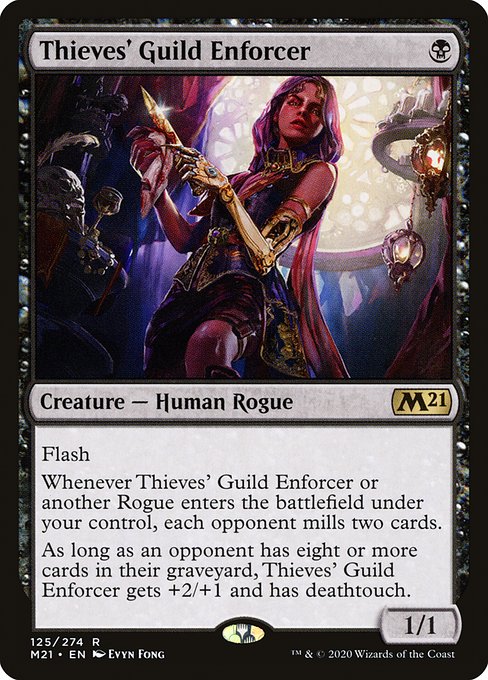
Thieves' Guild Enforcer
-

Oona's Blackguard
-
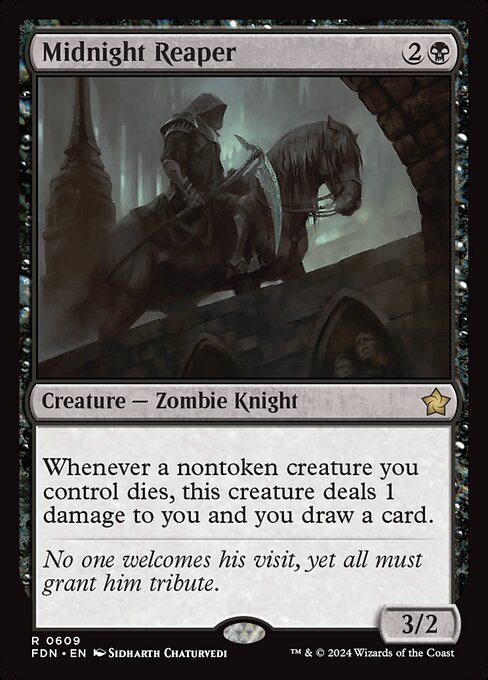
Midnight Reaper
-

Bane of Progress
-

Aura of Silence
-
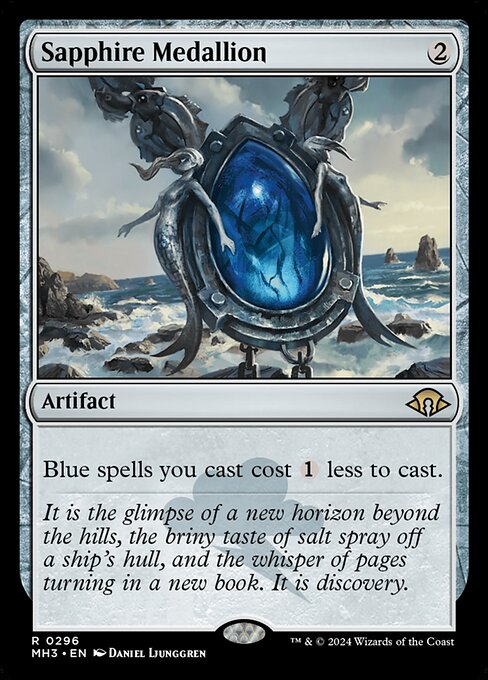
Sapphire Medallion
-

Supreme Verdict
-

Fierce Guardianship
Gameplay Summary
The game began with a tense setup as all four players established their boards and prepared to leverage their unique strategies.
Early plays included aggressive milling and board presence deployment, with Tinybones focusing on enchantments and discard value, Anowon setting up a rogue tribal synergy with milling effects, Meren aiming for a toolbox value engine and experience counters, and Azor playing a controlling role with board wipes and counterspells.
The Planechase deck introduced chaotic elements such as maddening pain and dance macabre, which reshuffled and brought back key creatures, influencing board state and tempo. A pivotal moment occurred when the Planechase emblem started generating zombies each upkeep, significantly ramping the board-wide pressure against Azor's control strategy.
Meren efficiently utilized her graveyard recursion and mana ramp, threatening to overwhelm opponents with value creatures.
Anowon's rogue tribal synergy and milling pressured opponents' hands and graveyards, enabling potent plays.
Tinybones leveraged discard synergies and enchantment draw to generate card advantage.
The game escalated with the introduction of the Infectious Beast zone and Nightmare Halls, which added disruption and complexity to the board.
The ad nauseam-like event "The Answer Must Be In Here" forced players to lose significant life, shifting the urgency of the game. Throughout the match, players adapted to the shifting landscape caused by Planechase effects and emblem triggers.
The zombie horde steadily grew, testing Azor's ability to stabilize and heal.
Meanwhile, Meren and Anowon capitalized on graveyard interactions and milling to maintain card advantage and board presence.
The game revolved around managing these escalating threats while searching for openings to close out the game with either overwhelming board presence or incremental value plays from experience counters and card draw engines.























![Tinybones vs Purphoros vs Varina vs Oloro [EDH/Commander, Magic The Gathering Gameplay] 2021 thumbnail](https://i.ytimg.com/vi/ytJL7mHwrEk/sddefault.jpg)




![Commander VS: Meren vs Kaalia vs Derevi vs Freyalise [Commander Anthology] thumbnail](https://i.ytimg.com/vi/Qx6Xp6fw7sU/sddefault.jpg)
![Commander VS S3E5: Meren vs Ezuri vs Daxos vs Mizzix [MTG: Multiplayer] thumbnail](https://i.ytimg.com/vi/loGTYPhi5mA/sddefault.jpg)
![Commander Vs Special: Meren vs Mizzix vs Ezuri vs Daxos [MTG: Multiplayer] thumbnail](https://i.ytimg.com/vi/7hdwKwKQk8s/sddefault.jpg)












